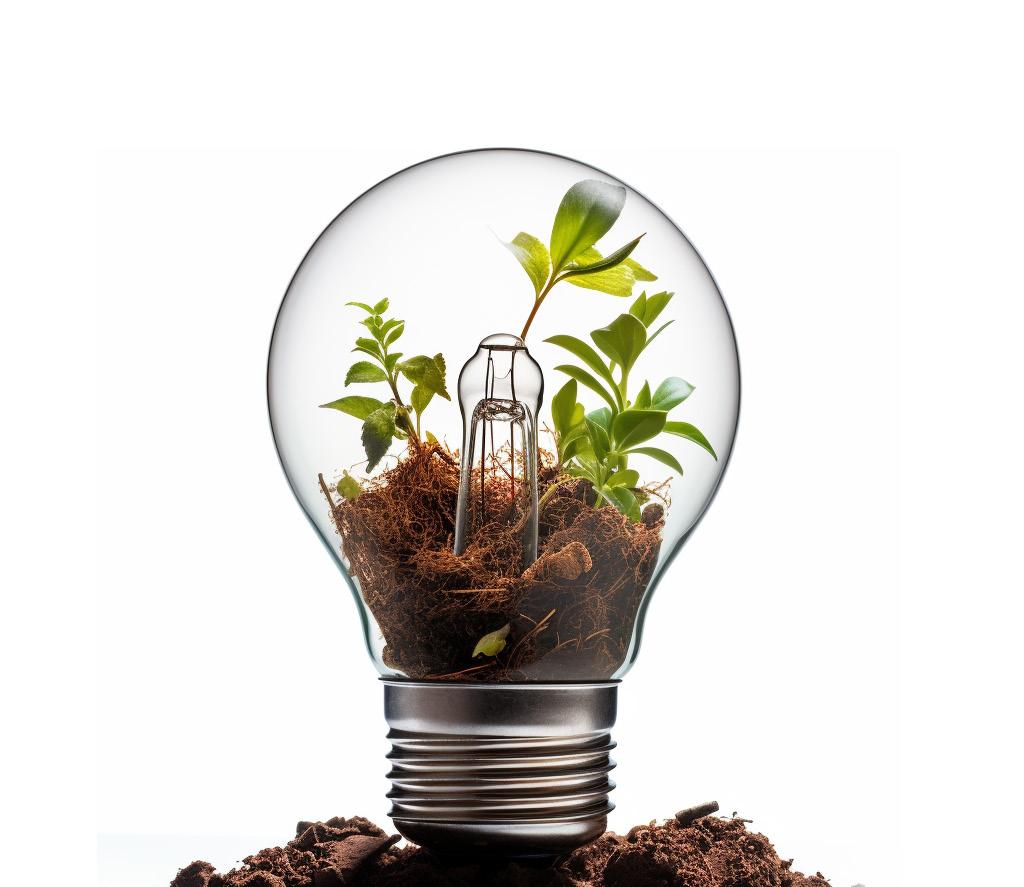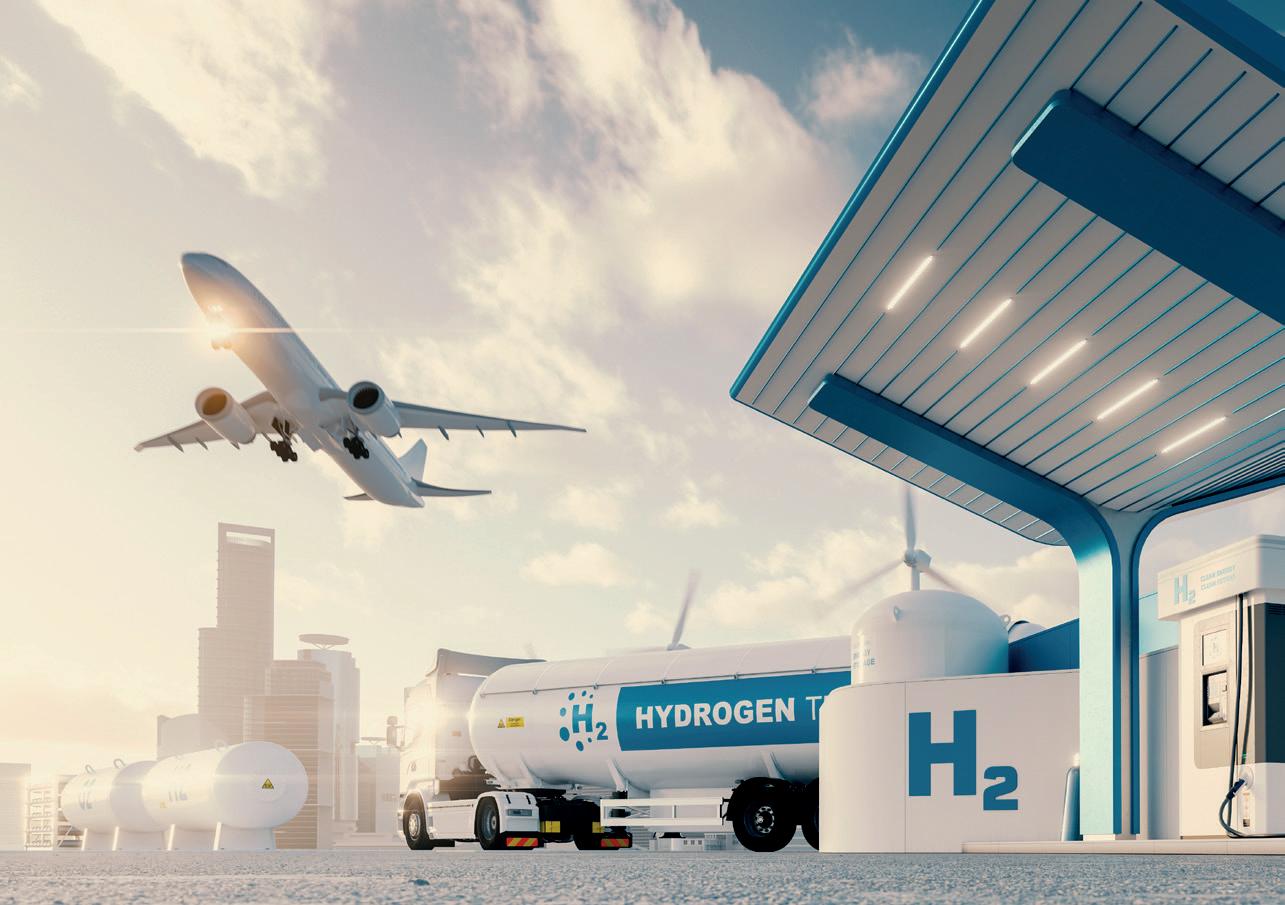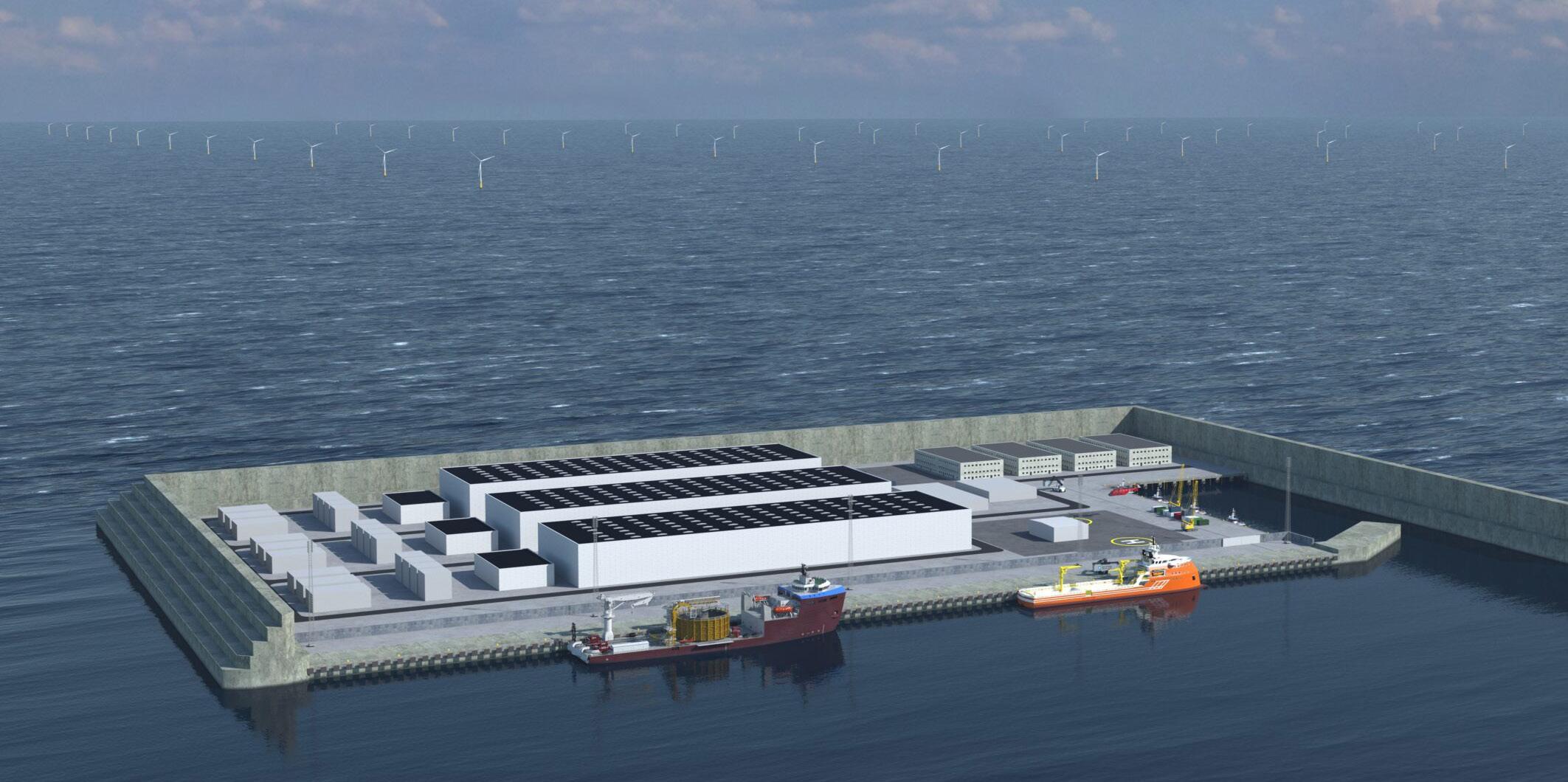
4 minute read
EUROPE’S ENERGY NEEDS
from HIL ISSUE 15
IS BIOHYDROGEN THE KEY TO MEETING EUROPE’S ENERGY NEEDS?
by Hannah Wintle
Advertisement
A recent report by the European Biogas Association (EBA) has made recommendations for an EU regulatory framework to support the production and use of biohydrogen, citing benefits in its carbon footprint and production costs.
Given the importance of hydrogen’s role in reaching climate neutrality by 2050, the report claims that the adoption of biohydrogen, alongside biogas and biomethane, will be key to supporting Europe’s climate strategies.
In 2020, 95% of hydrogen production was derived from fossil fuels. Green hydrogen represented 1% of all hydrogen production that year, demonstrating the challenge hydrogen production faces in decarbonising.
Biohydrogen, a type of green hydrogen, is produced from biogenic sources such as biogas or biomass through a range of production technologies including biological and thermochemical processes.
Carbon negative biohydrogen is possible if combined with carbon capture and storage
Perhaps biohydrogen’s biggest draw is its potential to decarbonise Europe’s hydrogen production methods. While grey hydrogen’s carbon footprint ranges from 10-20kg CO2/kg H2, biohydrogen’s could even be carbon negative, at -26.510.8kg CO2/kg H2.
EBA Secretary General, Giulia Cancian, explained: “In contrast to the other forms of hydrogen, biohydrogen can be zero or even carbon negative if it is obtained from feedstocks such as wastes and manure and/or when coupled with carbon capture and storage technologies.”
According to the report, using organic wastes to produce biohydrogen not only replaces fossil fuels but also avoids emissions that would have otherwise been released into the atmosphere. These production methods can then be paired with CCS technologies, which then removes even more carbon dioxide from the atmosphere.
Giulia continued: “In addition, depending on the biohydrogen technology, biohydrogen production can generate co-products such as pure biogenic carbon dioxide, digestate or biochar. These co-products further support the decarbonisation of industries, contributing to the circular economy and helping to permanently store carbon in the soil.”
Additionally, biohydrogen can be generated from domestically produced biogases, reducing the need to import gas and directly improving both Europe’s security of supply and energy independence.
Biohydrogen is cheaper to produce than hydrogen from electrolysis
Despite decarbonisation targets all around the world, economics still plays a huge part in hydrogen production, with fossil fuels remaining the cheapest option for hydrogen production today.
According to the report, green hydrogen production through electrolysis is the most expensive hydrogen production method, in the range of €2.51-11.94/kg H2, with the cost of the renewable electricity making up between 50-90% of this expense, depending on the price of the electrcitiy and the full-load hours of the renewable electricity supply.
Biohydrogen, on the other hand, costs between €1.15-9.65/kg H2, with or without CCS, and poses other economic benefits including its ability to use domestically produced biogas in its production, reducing the need to import gas, as is the case with grey hydrogen, and therefore protecting against fluctuating natural gas prices.
Perhaps biohydrogen’s its potential to decarbonise Europe’s hydrogen production methods. While grey hydrogen’s carbon footprint ranges from 10-20kg CO 2 / kg H 2 , biohydrogen’s could even be carbon negative, at -26.5-10.8kg CO 2 /kg H 2 .
An enabling regulatory framework can be achieved by:
• Enforcing legal and market recognition: Biohydrogen should be recognised as hydrogen of renewable origin in EU and national legislation.
• Driving market access through consumption targets: The RED III should expand targets for renewable fuels of non-biological origin to include all types of renewable hydrogen.
• Using taxation to send a price signal in support of renewable sources of hydrogen: In the revision of the minimum taxation levels in the Energy Taxation Directive, a level playing field should be established for all sources of renewable hydrogen. If hydrogen of non-biological origin is awarded the lowest minimum, this should also be the case for hydrogen of biological origin.
• Facilitating network access: The Gas Directive and the Gas Regulation should allow flexibility in the distribution methods for biohydrogen so as to facilitate its integration into gas markets.

A number of recommendations for an enabling EU biohydrogen framework were proposed
While the report highlighted the many benefits biohydrogen has to offer, Giulia offered an insight into the current bottlenecks obstructing its wider adoption.
She said: “Biohydrogen is an innovative product, and the regulatory framework lacks drivers to reach commercial maturity. The targets set under REDIII for industry and transport focus on hydrogen from RFNBOs, actively discriminating against biohydrogen.
“The directive does not feature to date an inclusive definition of renewable hydrogen covering all possible production pathways, such as raw biogas and biomethane steam reforming.”
The report therefore made recommendations for an enabling EU framework to address these bottle necks.
The first recommendation to be put forward seeks to tackle ‘discrimination’ by recognising biohydrogen as hydrogen of a renewable origin. The report calls for an EU-wide definition of renewable hydrogen, allowing biohydrogen to be fully integrated into the gas and hydrogen markets.
The current definition of renewable hydrogen, which was put forward in February 2023, states that hydrogen can be considered renewable when the emission intensity of electricity used is below 18g CO2e/MJ.
Giulia explained that revising this definition to include biohydrogen is key for the deployment of hydrogen, and should lead to a technology neutral approach to renewable hydrogen and to the further development of biohydrogen production technologies.
“This would allow to obtain bigger amounts of biohydrogen, which can be used to help decarbonise highly energyintensive industrial process such as iron and steel, it can contribute to fuel diversity and energy system flexibility, and it can be a local source of green energy for rural areas,” she explained.

Ultimately, the time to develop laws governing the future of biohydrogen is now, as the European Union moves increasingly closer toward the establishment of a single market for energy.
For the EBA, the inclusion of biohydrogen, alongside biogas and biomethane, is important in ensuring the sustainability, affordability, and accessibility of green gases in Europe.







